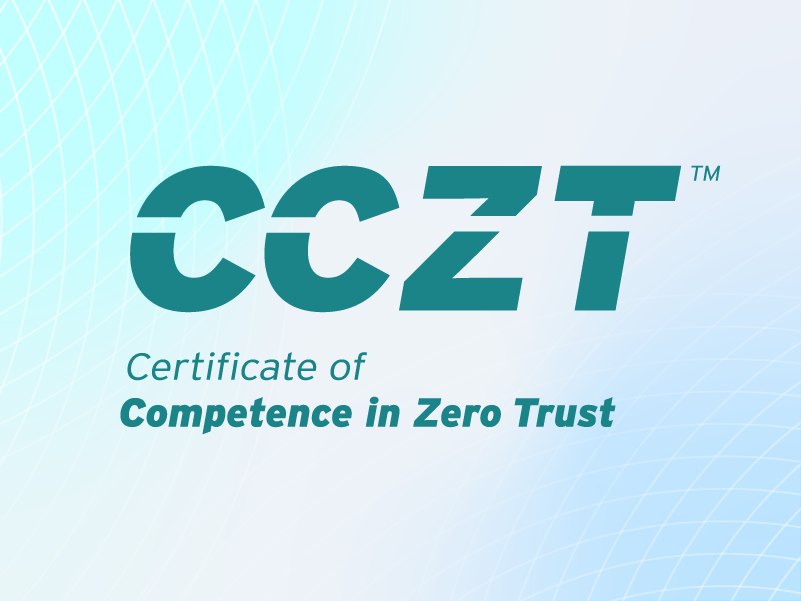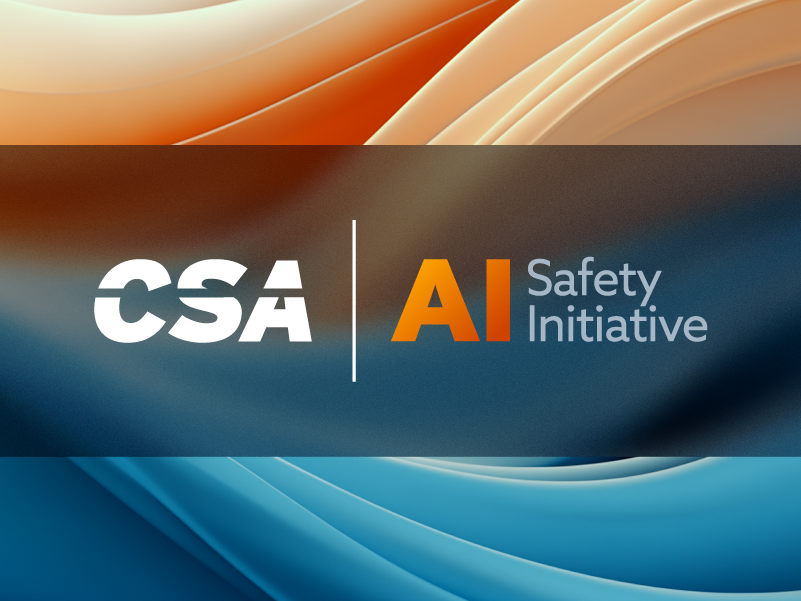AI-Integrated Cloud Pentesting: How LLMs Are Changing the Game
Published 10/24/2025
Cloud environments have become central to modern business operations, but their scale, complexity, and dynamic nature create significant security challenges. Traditional penetration testing methods, manual exploits, and scripted scans often struggle to cover rapidly evolving multi-cloud infrastructures.
AI and Large Language Models (LLMs) are changing the way organizations approach cloud security. By combining AI-driven intelligence with human expertise, companies can detect vulnerabilities faster, scale assessments across large cloud estates, and gain actionable insights to mitigate risks before they impact operations. For organizations, this hybrid approach enables better decision-making, risk prioritization, and compliance adherence.
Recent Trends: Opportunities and Risks
Opportunities:
- Faster identification of misconfigurations across large cloud estates.
- Lower costs through automation and repeatable scanning.
- Ability to conduct continuous assessments instead of periodic snapshots.
Risks:
- High false-positive rates create noise and waste resources.
- Limited AI capability in detecting multi-step exploits or business logic flaws.
- Over-reliance on AI may lead to blind spots if human expertise is excluded.
AI offers speed and scale, but meaningful outcomes require human insight and validation.
Case Study: AI-Assisted Cloud Security Assessment
Client Background:
A financial services firm operating hybrid workloads across Amazon Web Services (AWS) and Microsoft Azure engaged our team to conduct a comprehensive cloud security assessment. Their objective was twofold: ensure compliance with regulatory frameworks such as PCI DSS and CSA CCM and reduce exposure to cyber threats amid increasing reliance on distributed infrastructure.
Approach:
AI-Assisted Scanning: Over 1,000 potential security issues were identified, including IAM misconfigurations, exposed storage, and API vulnerabilities.
Manual Validation: Human pentesters triaged AI findings, reducing false positives and uncovering critical, actionable vulnerabilities.
Critical Findings:
- Privilege Escalation via IAM Misconfigurations: Misconfigured roles allowed lateral movement across cloud accounts, potentially granting full administrative access.
- Cross-Tenant Data Exposure: Improper Azure AD app scopes risk exposing sensitive customer information.
- Sensitive Data Exposure: Legacy applications contained hard-coded API keys, enabling access to confidential storage.
Outcome:
The hybrid AI-human approach delivered faster detection, accurate validation, and actionable remediation recommendations.
Challenges for Organizations
- False Positives and Negatives: AI-generated findings need expert validation.
- Dynamic Cloud Infrastructure: Containers, serverless, and APIs evolve too quickly for traditional scanners.
- Complex IAM Structures: Thousands of roles and policies make privilege escalation risks hard to spot.
- Compliance Pressures: Frameworks like CSA CCM, PCI DSS, ISO 27001, and GDPR require validated evidence.
- Business Logic Vulnerabilities: AI struggles to simulate real-world, multi-step attack chains.
How Service Providers Help Organizations
Leading security providers combine AI-assisted assessments with human expertise to deliver accurate, actionable results. This approach ensures that organizations benefit from the efficiency of AI while avoiding the pitfalls of false positives or incomplete findings.
A strong methodology typically includes:
- Comprehensive Multi-Cloud Coverage across AWS, Azure, and GCP.
- Expert Validation of AI findings to identify true business risks.
- Regulatory Alignment with CSA CCM, NIST, ISO 27001, GDPR, and local guidelines.
- Realistic Threat Simulations, including credential misuse, privilege escalation, and lateral movement.
- Actionable remediation recommendations prioritized based on business impact.
This balanced model enables organizations to strengthen cloud security, reduce risk exposure, and maintain compliance confidence.
Why This Approach Works
Organizations that adopt AI-driven, expert-validated penetration testing benefit from:
- Faster detection and triaging of vulnerabilities.
- Actionable insights tailored to business risk.
- Compliance-ready reporting for audits and regulators.
This proven methodology helps organizations move beyond checkbox testing to achieve resilient, business-aligned cloud security.
About the Author
Ashwin Chaudhary is the CEO of Accedere, a Data Security, Privacy Audit, Technical Assessment, and Training Firm. He is a CPA from Colorado, MBA, CITP, CISA, CISM, CGEIT, CRISC, CISSP, CDPSE, CCSK, PMP, ISO27001 LA, and ITILv3 certified cybersecurity professional with over 22 years of cybersecurity and privacy expertise and more than 40 years of overall industry experience. He has successfully managed and delivered numerous cybersecurity projects covering SOC reporting, ISO audits, vulnerability assessments, penetration testing (VAPT) across cloud, application, and infrastructure environments, privacy assessments, IoT security evaluations, and governance, risk, and compliance (GRC) programs. His work in pentesting has included cloud-native environments, AI/ML model deployments, wireless networks, and red team exercises, helping organizations strengthen resilience against evolving cyber threats.
Related Resources



Unlock Cloud Security Insights
Subscribe to our newsletter for the latest expert trends and updates
Related Articles:
AAGATE: A NIST AI RMF-Aligned Governance Platform for Agentic AI
Published: 12/22/2025
Is Cloud-Native Key Management Right for You?
Published: 12/19/2025
Agentic AI Security: New Dynamics, Trusted Foundations
Published: 12/18/2025


.png)
.jpeg)
.jpeg)
.jpeg)
.jpeg)